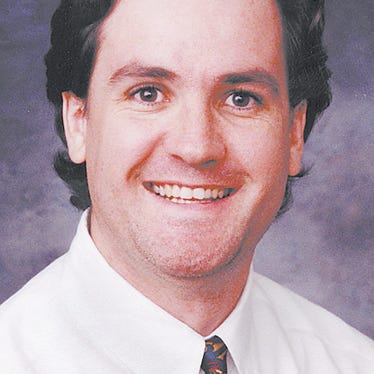
At the end of this winter, Jim Robb suspects national hay stocks will be the smallest on record. “We have produced a rather small crop nationally,” says the director of the Livestock Marketing Information Center.
“Hay is a rather regional commodity but we’re certainly moving it longer distances than normal. It’s traveling many states farther to fill winter needs…Hay prices, on balance nationally, could remain very high this winter and, probably, record-high for this crop year.”
Last year wasn’t easy on ranchers’ pocketbooks, either. Many lightweight calves were forced into feedlots. So will liquidation of herds continue to pick up steam?
“We’re on the cusp of figuring out how much more cow liquidation we’ll have. There was a very large cow slaughter in August. And that continued in September. How much that tapers off in the fourth quarter will have a lot to do with Mother Nature. We think it will taper off from the summer highs, though.”
The cattle markets are cyclical and the large cow cull this summer “certainly slowed” the pace of building the nation’s beef cow herd. That bodes well on the price front because when numbers build, prices tend to drop.
Prices won’t be going down, says Robb. In fact, over the last two months, “we’ve consistently raised our calf price forecasts for late 2007/2008.”
Recent moisture around the Southeast and some parts of the Southwest has been very beneficial for cattlemen. At the beginning of September, “there were very limited prospects for wheat pasture winter grazing — especially in Texas and Oklahoma. We normally take a lot of calves and put them on those wheat pastures.”
That situation now looks much brighter.
“Wheat pasture is always an iffy game, though. We have a lot of wheat pasture in the South. That picture is shaping up as we speak. We believe there’s a lot more potential than there was just a few weeks ago. That’s a major positive towards supporting calf and yearling prices. That’s even considering, on balance, this last week calf prices declined across the United States.”
The “saving grace” in the big picture has been the large Midwestern corn crop. When there’s a drought that decimates the cattle industry, “it’s typically when the Midwest is part of that drought and there’s a small corn crop.
“If feedlots are still able to use rather inexpensive corn and soybean meal it helps them to bid aggressively for calves and yearlings. So, compared to some historical droughts, this one has a major difference with some attractively priced feed. That helps compensate for the drought conditions and has been a very important ingredient in explaining why calf prices didn’t unravel more than they did this summer. In fact, those prices stayed strong.”
In the central portion of the United States, cattlemen are aggressively pursuing alternative feeds.
“Producers have been very creative in finding feed. They’ve been putting a sharp pencil to alleviate the lingering impacts of the drought. And that is really showing up in the winter feed marketplace.
“They’re using more products out of the ethanol industry than ever. There are herds going to corn stalks as a winter feed source. That’s being done in parts of Nebraska, Kansas, the Dakotas and Iowa. Instead of being fed expensive, or unavailable, hay they’re feeding those stalks.”
From a cow/calf perspective, in the Southern Plains, “we still have prices throughout the fourth quarter of 2008 that are well above $1 per pound. That’s an attractive price level even with the higher energy costs.”
Over the last two years, those higher energy prices have squeezed cow/calf operation returns. Energy expenses have added to hay and fertilizer costs.
“But for those doing a good management job, the calf producing business will remain profitable for several more years. That’s good news.”
e-mail: [email protected]
About the Author(s)
You May Also Like






